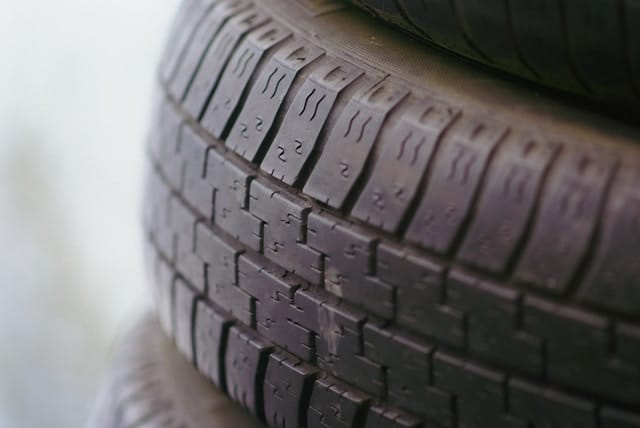Why Regular Tire Inspections Are Critical After a Collision
 Collisions can cause significant damage to your vehicle, often extending beyond visible dents and scratches. One critical yet frequently overlooked aspect is the condition of your tires.
Collisions can cause significant damage to your vehicle, often extending beyond visible dents and scratches. One critical yet frequently overlooked aspect is the condition of your tires.
At Chaney’s Collision Centers, we emphasize the importance of regular tire inspections after a collision to ensure safety, performance, and longevity of your vehicle. Here’s why these inspections are crucial and how they can prevent future issues.
Understanding the Risks
Collisions can impact tires in several ways, even if there are no visible signs of damage. The force of the impact can cause internal damage to the tire, such as bulges or cracks, which may not be immediately apparent. Additionally, misaligned wheels or bent suspension components can lead to uneven tire wear, reducing traction and increasing the risk of a blowout.
Hidden Damage
Tires are designed to absorb shocks and distribute force evenly, but a collision can disrupt this balance. Hidden damage might include:
- Internal Tire Damage: Cracks or bulges in the tire’s sidewall or tread can weaken its structure and lead to sudden failures.
- Wheel Misalignment: Even slight misalignments can cause uneven wear, affecting handling and safety.
Importance of Tire Inspections
Regular inspections are vital for identifying potential issues before they become major problems. Here are some reasons why tire checks are essential after a collision:
Safety Considerations
- Preventing Blowouts: Identifying and addressing internal tire damage can prevent unexpected blowouts, which are dangerous and potentially life-threatening.
- Maintaining Traction: Properly inflated and aligned tires ensure better grip on the road, reducing the risk of skidding or losing control.
Performance and Efficiency
- Fuel Efficiency: Misaligned or unevenly worn tires can decrease fuel efficiency, leading to higher fuel costs over time.
- Handling and Stability: Proper tire condition is crucial for maintaining your vehicle’s handling and stability, ensuring a smoother driving experience.
How to Conduct a Tire Inspection
Visual Checks
- Tread Depth: Use a penny to check tread depth; if Lincoln’s head is visible, the tread is worn down.
- Uneven Wear: Look for signs of uneven wear patterns, which can indicate misalignment or suspension issues.
- Damage: Inspect for any visible damage like cuts, bulges, or cracks.
Pressure Checks
- Proper Inflation: Ensure tires are inflated to the recommended pressure, as underinflation can lead to reduced traction and increased wear.
Professional Evaluation
If you suspect any damage or issues, consult a professional mechanic or tire specialist. They can perform a more thorough inspection using specialized tools to detect internal damage or other hidden problems.
Conclusion
Regular tire inspections after a collision are crucial for maintaining your vehicle’s safety and performance. At Chaney’s Collision Centers, we are committed to providing comprehensive services that include thorough tire checks as part of our post-collision inspections. By prioritizing these inspections, you can ensure your vehicle remains safe, efficient, and reliable. Whether it’s addressing hidden damage or optimizing tire performance, our team is dedicated to delivering expert solutions that meet your needs and exceed your expectations.
